Instruction
6 exercises using resistance bands for more distance
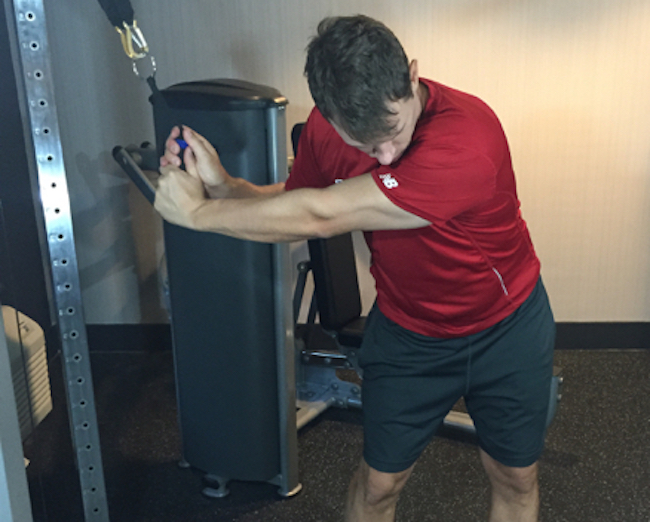
In a previous article, I wrote about how you can build functional speed into your golf swing over several weeks by practicing swinging faster, and using resistance bands to perform downswing band isometrics.
Most amateurs and even professionals don’t work on their speed at all, so when you simply put in a little bit of effort to gain speed, you can make very quick improvements.
If you’re hungry for more distance, here are 6 additional exercises that you can add into your routine to continue building strength and speed to your golf swing.
Note: I’m showing these exercises with resistance bands, which are great if you travel a lot and want to be consistent with the equipment you are using. However, if you always work out in the same place and have access to a Keiser Infinity Series Cable Machine or other similar cable machine, those are OK to use too.
Wood Chops
Anchor your bands up high, go toward the top of your back swing and stretch the bands/cables down to an impact position.
Do a set of 2 reps (yes, only 2!) and then switch yourself around to do the same for the opposite side. Perform 3 sets and make sure that on the last set you work up to as much resistance as you can safely control and try to set a new strength max while still using your golf posture.
We want to build useable strength and not “hit it out of bounds” strength.
Decline Chest Flyes
For the chest and the “pushing/throwing” part of your golf swing, repeat the same thing as above but use only the trail arm from your downswing versus using both arms.
Cross-Body Lat Pull Down
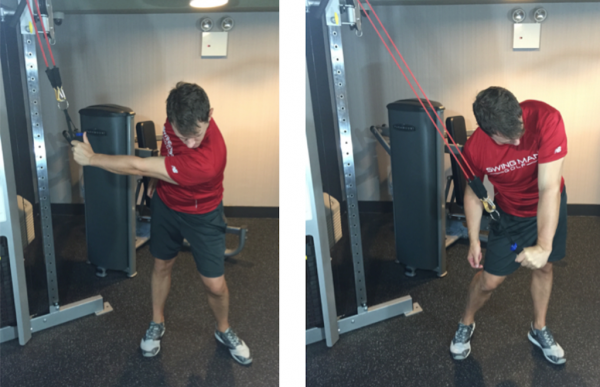 To focus on your back and lats and your golf swing “pull,” do a cycle using the lead arm from your downswing.
To focus on your back and lats and your golf swing “pull,” do a cycle using the lead arm from your downswing.
Triceps Extensions
Work your triceps by grabbing the band/cable handle with your rear hand and extend your triceps into your impact position.
Lateral Raises
To strengthen your trail side deltoid, shoulder, and back, position the band/cable down low, grab the handle in your setup position with your trail hand, and pull it up toward the top of your back swing.
You can also mimic the follow through, and similarly exercising your lead deltoids, shoulder, and back, by going to your post impact position, grabbing the handle with your lead hand, and pulling the band/cable up in to your follow-through.
Incline Chest Flyes
To further work the trail chest, position the band/cable down low, grab the handle with your trail hand at a point where you are just prior to impact and extend it up toward the follow-through.
Twice per week, start with the isometrics for a warm-up, move into this routine, and then follow it up with 30 full golf-swing reps where you practice your speed using a feedback device like the Sports Sensors Swing Speed Radar. You’ll not only get a great upper/overall body workout, but you’ll also be doing it in a golf-specific way that can get you on your way to hitting much longer drives.
Note: This article is for informational purposes only. Consult a physician before performing this or any exercise program.
- LIKE290
- LEGIT39
- WOW12
- LOL12
- IDHT8
- FLOP6
- OB6
- SHANK22
Instruction
Clement: Laid-off or perfect fade? Across-the-line or perfect draw?

Some call the image on the left laid off, but if you are hitting a fade, this could be a perfect backswing for it! Same for across the line for a draw! Stop racking your brain with perceived mistakes and simply match backswing to shot shape!
- LIKE0
- LEGIT0
- WOW0
- LOL0
- IDHT0
- FLOP0
- OB0
- SHANK1
Instruction
The Wedge Guy: The easiest-to-learn golf basic

My golf learning began with this simple fact – if you don’t have a fundamentally sound hold on the golf club, it is practically impossible for your body to execute a fundamentally sound golf swing. I’m still a big believer that the golf swing is much easier to execute if you begin with the proper hold on the club.
As you might imagine, I come into contact with hundreds of golfers of all skill levels. And it is very rare to see a good player with a bad hold on the golf club. There are some exceptions, for sure, but they are very few and very far between, and they typically have beat so many balls with their poor grip that they’ve found a way to work around it.
The reality of biophysics is that the body moves only in certain ways – and the particulars of the way you hold the golf club can totally prevent a sound swing motion that allows the club to release properly through the impact zone. The wonderful thing is that anyone can learn how to put a fundamentally sound hold on the golf club, and you can practice it anywhere your hands are not otherwise engaged, like watching TV or just sitting and relaxing.
Whether you prefer an overlap, interlock or full-finger (not baseball!) grip on the club, the same fundamentals apply. Here are the major grip faults I see most often, in the order of the frequency:
Mis-aligned hands
By this I mean that the palms of the two hands are not parallel to each other. Too many golfers have a weak left hand and strong right, or vice versa. The easiest way to learn how to hold the club with your palms aligned properly is to grip a plain wooden ruler or yardstick. It forces the hands to align properly and shows you how that feels. If you grip and re-grip a yardstick several times, then grip a club, you’ll see that the learning curve is almost immediate.
The position of the grip in the upper/left hand
I also observe many golfers who have the butt of the grip too far into the heel pad of the upper hand (the left hand for right-handed players). It’s amazing how much easier it is to release the club through the ball if even 1/4-1/2″ of the butt is beyond the left heel pad. Try this yourself to see what I mean. Swing the club freely with just your left hand and notice the difference in its release from when you hold it at the end of the grip, versus gripping down even a half inch.
To help you really understand how this works, go to the range and hit shots with your five-iron gripped down a full inch to make the club the same length as your seven-iron. You will probably see an amazing shot shape difference, and likely not see as much distance loss as you would expect.
Too much lower (right) hand on the club
It seems like almost all golfers of 8-10 handicap or higher have the club too far into the palm of the lower hand, because that feels “good” if you are trying to control the path of the clubhead to the ball. But the golf swing is not an effort to hit at the ball – it is a swing of the club. The proper hold on the club has the grip underneath the pad at the base of the fingers. This will likely feel “weak” to you — like you cannot control the club like that. EXACTLY. You should not be trying to control the club with your lower/master hand.
Gripping too tightly
Nearly all golfers hold the club too tightly, which tenses up the forearms and prevents a proper release of the club through impact. In order for the club to move back and through properly, you must feel that the club is controlled by the last three fingers of the upper hand, and the middle two fingers of the lower hand. If you engage your thumbs and forefingers in “holding” the club, the result will almost always be a grip that is too tight. Try this for yourself. Hold the club in your upper hand only, and squeeze firmly with just the last three fingers, with the forefinger and thumb off the club entirely. You have good control, but your forearms are not tense. Then begin to squeeze down with your thumb and forefinger and observe the tensing of the entire forearm. This is the way we are made, so the key to preventing tenseness in the arms is to hold the club very lightly with the “pinchers” — the thumbs and forefingers.
So, those are what I believe are the four fundamentals of a good grip. Anyone can learn them in their home or office very quickly. There is no easier way to improve your ball striking consistency and add distance than giving more attention to the way you hold the golf club.
More from the Wedge Guy
- The Wedge Guy: Golf mastery begins with your wedge game
- The Wedge Guy: Why golf is 20 times harder than brain surgery
- The Wedge Guy: Musings on the golf ball rollback
- LIKE88
- LEGIT15
- WOW6
- LOL1
- IDHT0
- FLOP4
- OB1
- SHANK8
Instruction
Clement: Stop ripping off your swing with this drill!

Not the dreaded headcover under the armpit drill! As if your body is defective and can’t function by itself! Have you seen how incredible the human machine is with all the incredible feats of agility all kinds of athletes are accomplishing? You think your body is so defective (the good Lord is laughing his head off at you) that it needs a headcover tucked under the armpit so you can swing like T-Rex?
- LIKE0
- LEGIT3
- WOW2
- LOL0
- IDHT0
- FLOP0
- OB0
- SHANK2
-

 19th Hole2 weeks ago
19th Hole2 weeks agoJustin Thomas on the equipment choice of Scottie Scheffler that he thinks is ‘weird’
-

 19th Hole2 weeks ago
19th Hole2 weeks ago‘Absolutely crazy’ – Major champ lays into Patrick Cantlay over his decision on final hole of RBC Heritage
-

 19th Hole2 weeks ago
19th Hole2 weeks agoLET pro gives detailed financial breakdown of first week on tour…and the net result may shock you
-

 19th Hole1 day ago
19th Hole1 day agoReport: LIV star turns down PGA Championship invite due to ‘personal commitments’
-
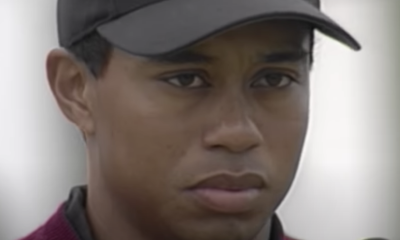
 19th Hole1 week ago
19th Hole1 week agoGary Player claims this is what ‘completely ruined’ Tiger Woods’ career
-
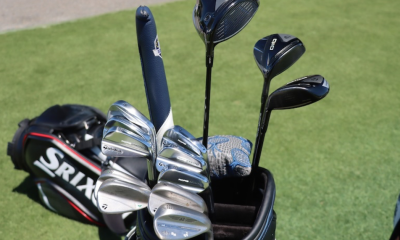
 Whats in the Bag1 week ago
Whats in the Bag1 week agoTeam McIlowry (Rory McIlroy, Shane Lowry) winning WITBs: 2024 Zurich Classic
-

 19th Hole3 weeks ago
19th Hole3 weeks agoTaylorMade signs 15-year-old AJGA Rolex Junior Player of the Year to an NIL contract
-

 Equipment1 week ago
Equipment1 week agoGolf fans left surprised by LIV’s choice of course for its 2024 individual championship event

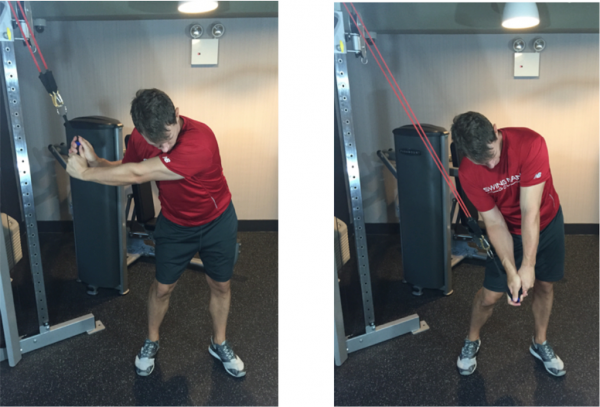
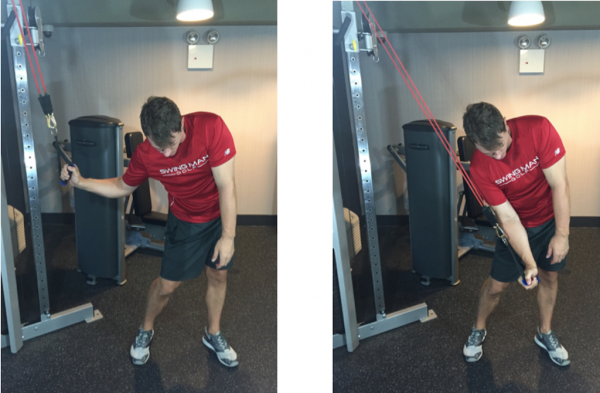
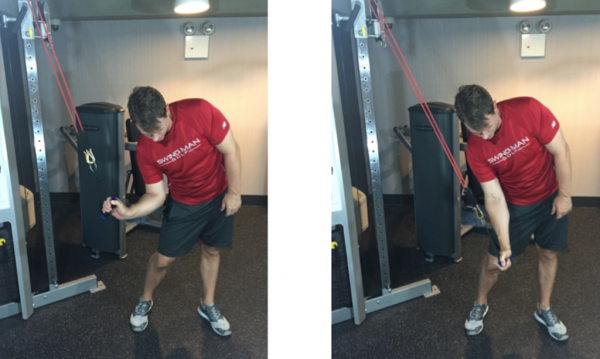
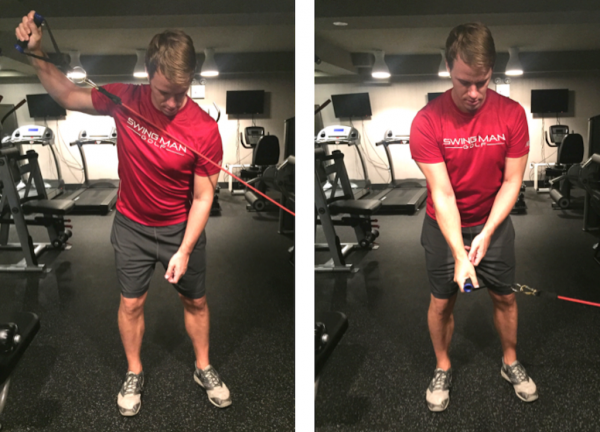
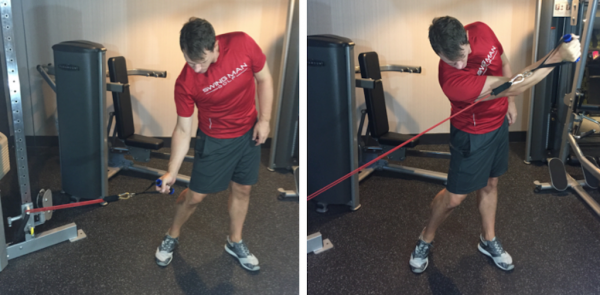










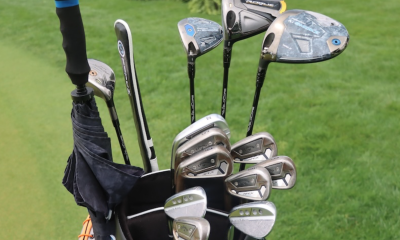

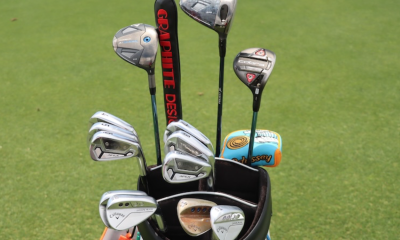

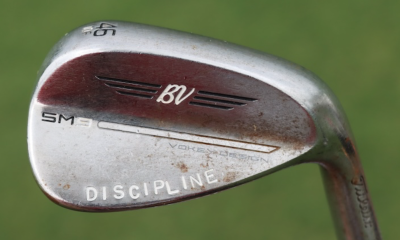

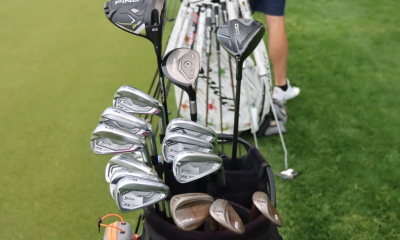

Anthony Santiago
Nov 11, 2021 at 10:08 am
Great exercises and I am a fan of your videos on how to increase clubhead speed. Can you tell me what type of resistance bands you use? I know from previous posts that you can increase the tension by adding bands and I would like to buy the same kind that you are using. Many thanks, you are making my golf game fun again!
Pingback: 4 Pieces Of Golf Exercise Equipment That Are Worth Buying Today – Seriously Golf
Pingback: 4 Pieces Of Golf Exercise Equipment That Are Worth Buying Today | Mind Your Health
Pingback: 4 Pieces Of Golf Exercise Equipment That Are Worth Buying Today | Health Me First
Dominic Dechaine
Jun 5, 2019 at 4:07 pm
I’m an old gym rat with numerous physical limitations bad knees worn out right shoulder etc. This is a great routine, I’m optimistic that I will gain some distance off the tee. I’m also in my 60s.
Pingback: The Dreaded Golf Injuries | WeJustGolf.com
Bert
Oct 29, 2015 at 8:27 pm
I purchased a set of starter bands and have used them about five days; already notice a difference. Now bear in mind I’m older (70) and have seldom exercised other than heavy yard work. I noticed a little better turn (with balance) and the ability to turn back through the shot. Hopefully I’m not crazy and will continue to benefit from these light isometric exercises.
Patricknorm
Oct 15, 2015 at 6:43 am
Good sequencing of band exercises which involves good core and shoulder work. I like the specificity as it relates to a powerful golf swing which basically mimics the driver. The beauty of bands is that it allows the novice to gradually increase the resistance depending on one’s strength. As you progress through this routine and your movements become more efficient, you can increase your sequencing and dynamic movements.
Having done these, it’s quite easy transistion to a real golf swing. Good core work too.
marcel
Oct 11, 2015 at 8:37 pm
there is no specific golf exercise. you gotta exercise all of it… no lower back and legs strength but strong arms will lead to serious injury.
crossFit or gymnastics will benefit most for endurance and explosiveness game of golf requires.
Patricknorm
Oct 15, 2015 at 6:47 am
Marcel, ironically these exercise are not for your arms, or shoulders. You need to use your legs and core to perform these exercises properly. Until you do this sequencing don’t slag something until you’ve tried it. I’m guessing that you looked at the pictures only and haven’t tried any of these routines. Or you’re not a golfer. Or , just a gym rat. These band exercises work very well.